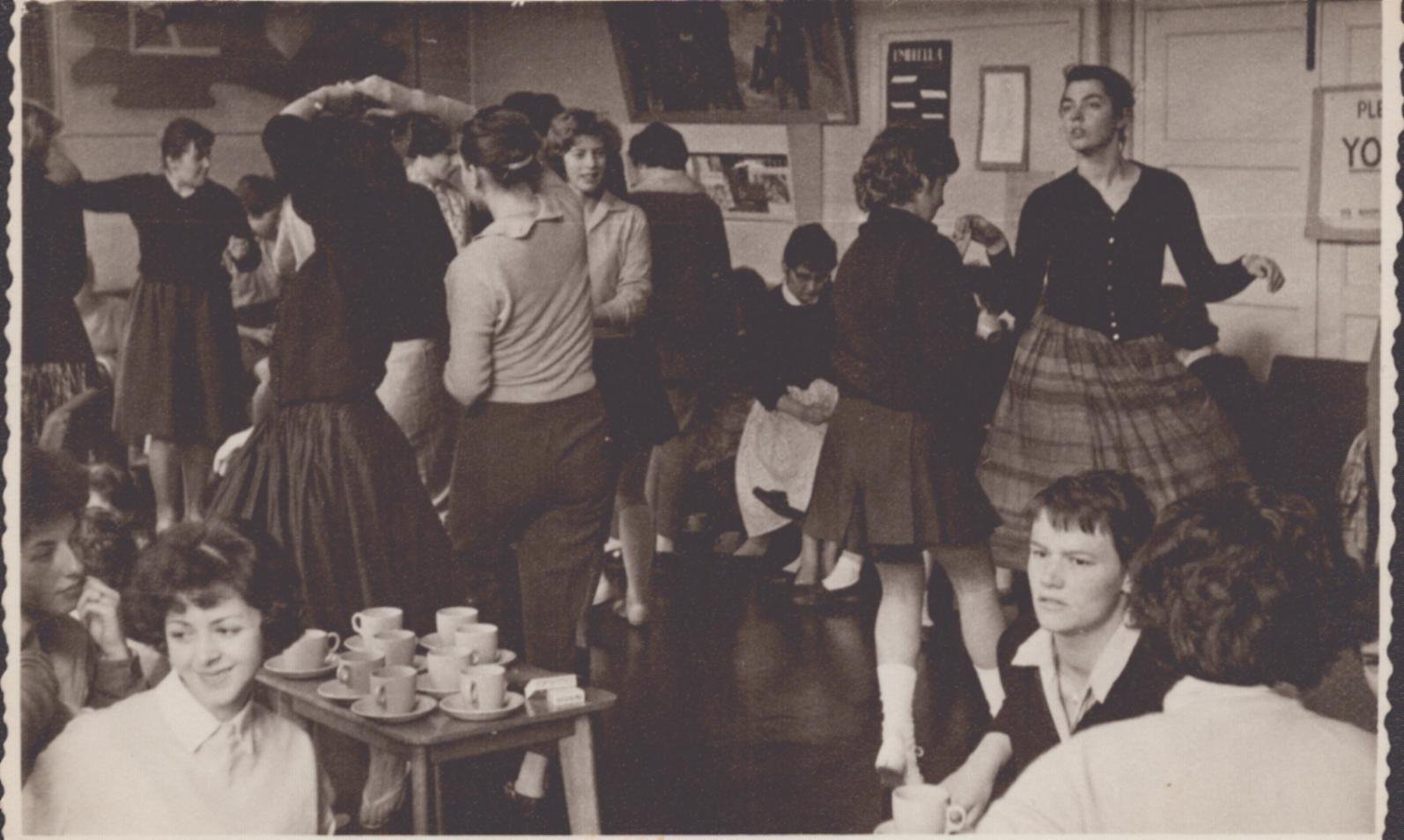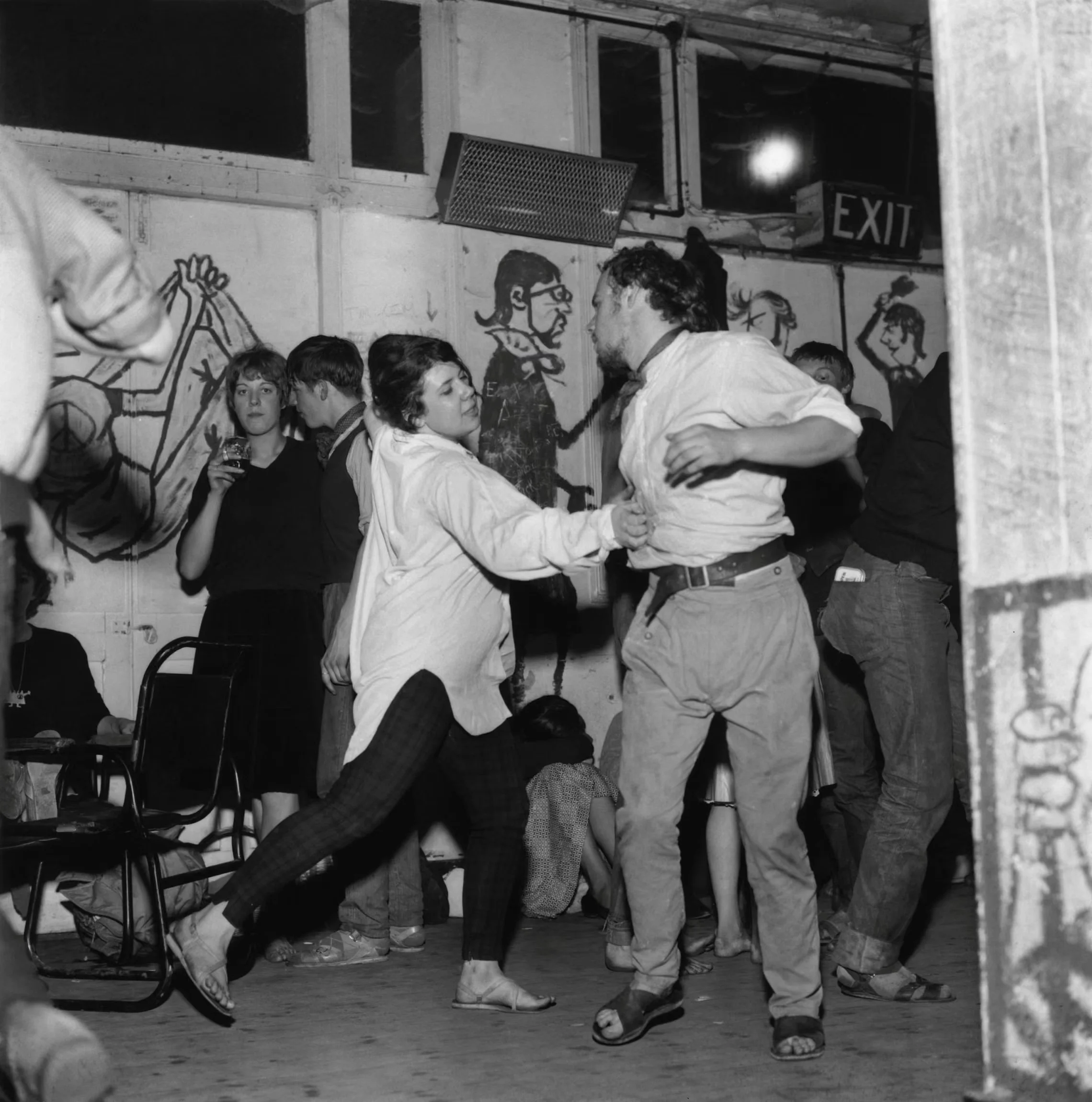I've been trying to find an elusive advertisement with the tag line: 'The Rolling Stones, the dividing line between art and commerce' that Andrew Loog Oldham ran in Billboard. Stanley Booth’s Dance With the Devil is my source, but a trawl through the on-line archive of the mag didn't turn it up.
Never mind, I found these four.
This is from June 6, 1964 and I reckon 'anonymous' must now be known to all . . . brilliant piece of provocation
From May 1st 1964, a bog standard record label cut n' paste job
From November 1965, a graphic gem. An extraordinary leap in just five months. The image of Jagger confirms Nik Cohn's description of him in Pop From The Beginning as an ‘updated Elvis Presley . . . moved like him, so fast and flash he flickered’.
Photography by Gerard Mankowitz, I believe, and that below
From December 18, 1965. None of these images were used on the sleeve of December’s Children, yet anyone of them might have been
FOUND! The Rolling Stones – ‘Get Off Of My Cloud’ (October 1965):
‘the dividing line between art and commerce’
To my mind, this puts the Stones/Oldham squarely into the continuum between the fine and the popular arts as Lawrence Alloway concieved it and without the need to make the case on their behalf . . . It is just the fact of the matter.
Thank you Frank!













